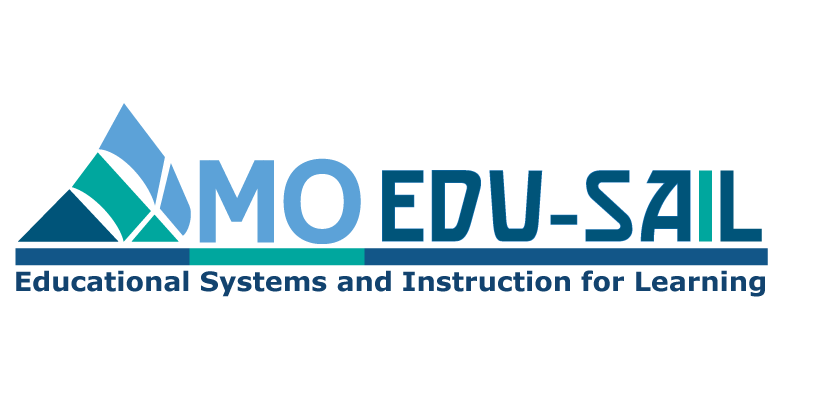ESSENTIAL FUNCTION 2 IN PRACTICE
Dig Into the Data
Data helps educators identify trends and patterns, student strengths, and areas for further instruction. The goal of data analysis is to identify a common problem or problems the team wants to address through instructional change. GAINS promotes a process for examining all student work (regardless of proficiency level) for common understandings and misconceptions. The issues/problems/misconceptions identified should be those that when addressed through instruction advance student learning toward critical learning goals.
Data Reflections
Using your data and the T-Chart you created previously, complete the steps below.
- Identify common issues/problems/misconceptions and prioritize the list from most important to least important.
- Identify how each issue/problem/misconception is linked to a specific learning goal, target, or standard.
- Select what you consider to be the most important issue/problem/misconception and describe your rationale.
- List 3 or more possible instructional reasons that might prevent students from reaching the learning goal.
Review the Sample Data Analysis Form (https://www.moedu-sail.org/wp-content/uploads/2019/02/DBDM-Workbook_Sample_Data_Analysis_Form.pdf).
How might this form help your team?
How might you want to customize this form to better fit the needs of your team?
What Does Exemplary Implementation of Essential Function 2 Analyze Data Look Like?
Essential Function: Educators develop a process for examining and interpreting data.
- Use purposeful data analysis system to guide effective data analysis.
- Consistently use protocol for data analysis.
- Identify a common problem that is related to a learning goal.
- Reflect on how instruction has previously impacted the common problem.
- Predict a link to teacher practice.
- Organize and track the data-informed decisions made by the team in order to be available for future problem-solving discussions.
![]() Download the Data-Based Decision Making Practice Profile (https://www.moedu-sail.org/wp-content/uploads/2014/02/DBDM-Practice-Profile-2019-Final-1-7-19.docx).
Download the Data-Based Decision Making Practice Profile (https://www.moedu-sail.org/wp-content/uploads/2014/02/DBDM-Practice-Profile-2019-Final-1-7-19.docx).
Working through Roadblocks
Review the common roadblocks below and/or add your own. Select one roadblock and outline specific steps your team could implement to ensure the roadblock does not derail your team.
- Meetings lose focus and too much time is spent off-topic.
- Lack of a data analysis protocol.
- Mismatch between learning targets and data.
- Analysis viewed personally rather than objectively.
- Focus is on the students’ weaknesses, rather than effective teaching practices.
- Data not clearly defined.
What steps can you take to start or improve analyzing data right now? Reflect on your team’s/building’s current knowledge and implementation of this process then determine possible next steps.

